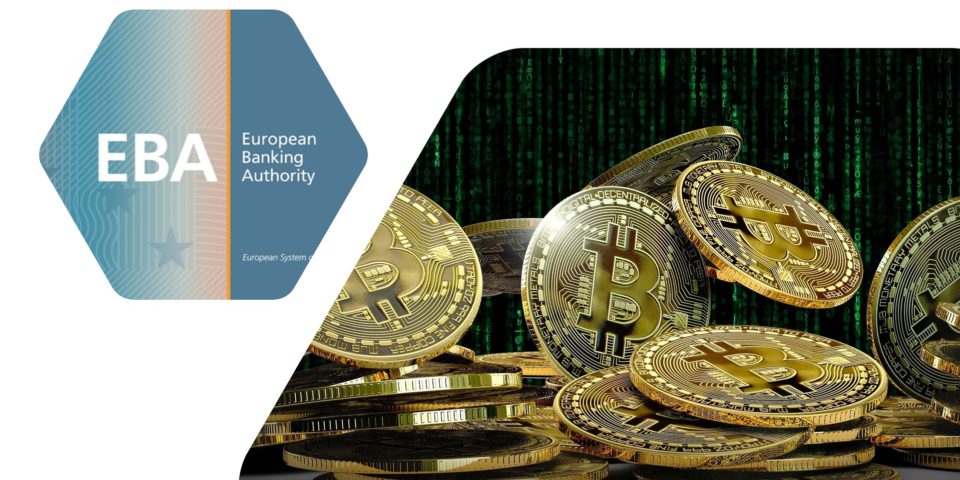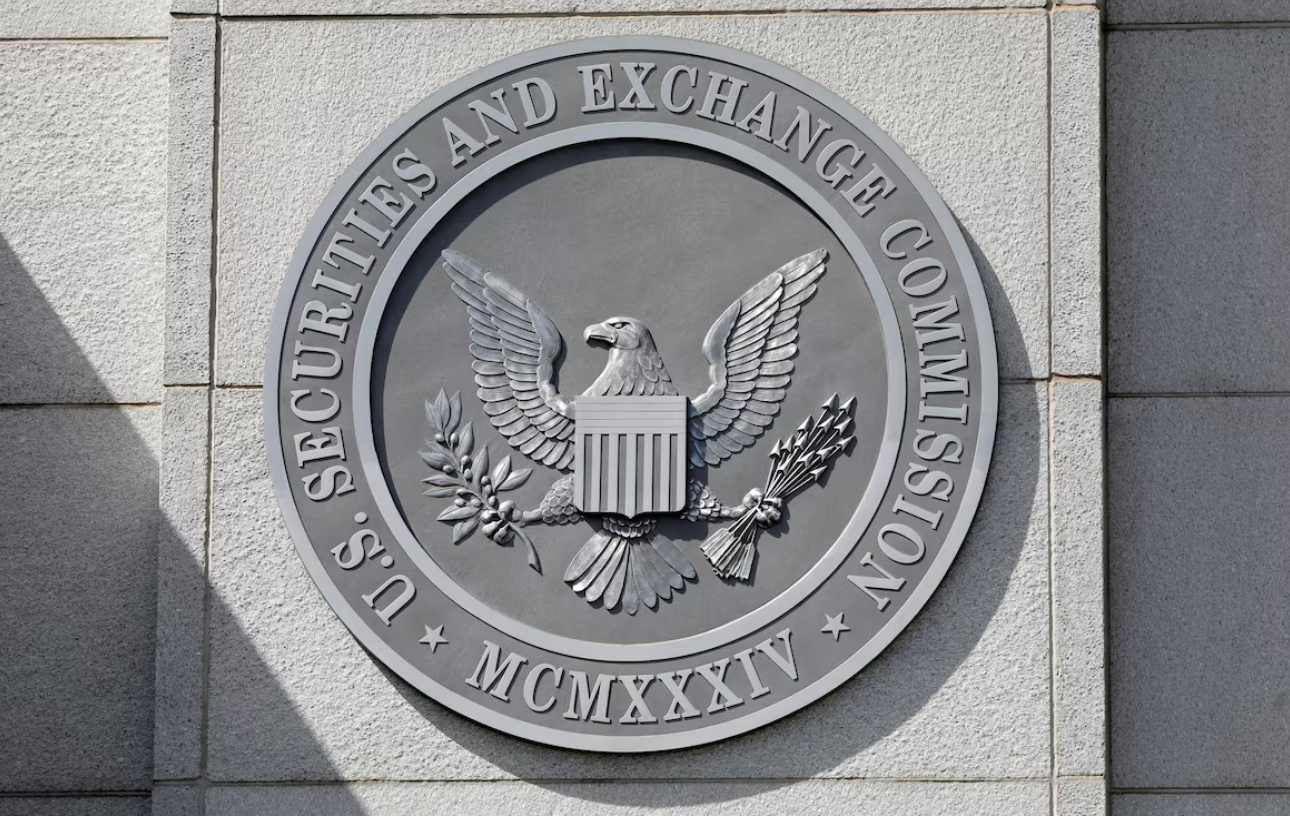By Dan Byrne for AMLi
NEARLY A FIFTH of the money laundering risks associated with virtual currencies in Europe have become more threatening in the past year, according to new data from the European Banking Authority (EBA).
Feedback from competent authorities across the EU means the bloc’s banking industry watchdog has been able to measure how different areas of ML/TF risk have evolved from one year to the next.
With the release of its latest report this month, the EBA has found that 17% of identified ML/TF risks associated with virtual currencies have increased since 2019.
This is the largest margin for ‘increased risk’ across the report’s 5 subcategories – the others being FinTech, RegTech, terrorism financing and Brexit.
It applies on a ‘cross-sector’ basis, meaning it is based on feedback from a number of areas including banks, investment firms, payment companies, insurance companies, and credit institutions.
Additionally, the report found that 27% of the total risks associated with virtual currencies have “emerged” across the same sectors since 2019 – which effectively means that 27% of the risk is new.
It would suggest that lawmakers and authorities will need to act quickly to ensure this 27% can be understood and mitigated before it leads on to bigger problems.
“The key risk-increasing factor highlighted is the growth of the VC [virtual currency] market,” the report explained. “In terms of transactions processed and number of firms’ clients that use VCs or are virtual asset service providers (VASPs).”
It went on to warn of the “limited transparency of transactions and identities of end-customers involved in VC activities,” which it said could facilitate illegal activities such as fraud, the illicit good trade, or terrorism financing.
The EBA noted that the virtual currency industry is changing rapidly with the adoption of new technologies and business models.
Such a rapid pace of change is spurring the drive for new laws to keep the associated risks in check, but the EBA have warned that these new laws are not being embraced by all EU member states with the same level of enthusiasm.
In particular, rules around virtual currencies have been included in the bloc’s 5th Anti-Money Laundering Directive (5AMLD), but the report noted that not all member states have transposed this directive into national law just yet.
Outside of virtual currencies, the areas where increased/emerging risks have also taken a sizeable share of the total risks have been FinTech and RegTech, which the EBA has attributed to several new activities and solutions within the industry.
Share this on:
Follow us on:








